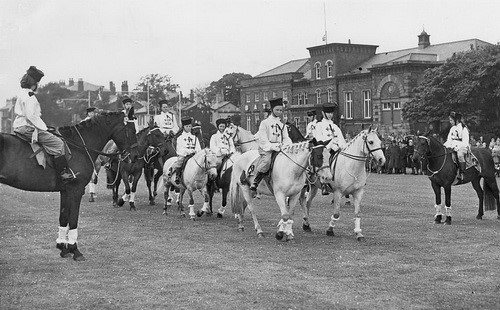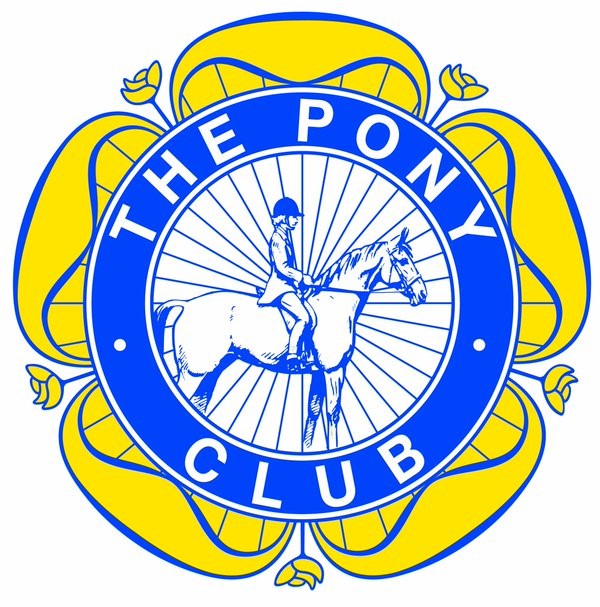Not a one-trick pony
Concomitant to royalty, Olympic dressage events and televised sports presenter Clare Balding, horse riding is often a hobby associated almost exclusively with the upper echelons of society.
Yet, it is exactly this image that historic international horse-riding organisation the Pony Club are attempting to defy.
The strategic rebrand, led by British brand consultancy Harrison:Fraser, aims to distance itself from the Pony Club’s twee connotations. This includes a redesign of its 87-year old logo, as well as refreshing the roundel which has for so long been intrinsic to the Pony Club’s identity.
A light blue-purple colour fills the main space of the roundel, overlaid with a clear yet welcoming sans serif font. Although the text remains capitalised, the spacing between letters makes for an overall more forgiving effect. Its original horse and rider image remains, although it has been expanded and softened slightly – presumably to heighten the appeal of horses, whose presence can be daunting to inexperienced riders.
The monochrome lines and roses once adorning the exterior of the roundel, on many branch identities coloured yellow and bright blue, have also been forgone entirely, meaning the Tudor Rose effect of the previous design has all but disappeared.
This previously conservative colour palette is testament to Pony Club’s heritage, which dates back to 1929 when it was formed as a youth branch of the already-existing Institute of the Horse. In 1947, the Institute of the Horse and Pony Club merged with the National Horse Association of Great Britain, to become the British Horse Society.
It now has over 600 branches in the UK, and has extended to over 18 countries worldwide.
This new design and brand strategy aims to dispel the notion of Pony Club as a preserve of district commissioners shouting instructions to tweed-wearing schoolgirls. The club itself is open to anyone between the ages of four and 21 – it is hoped this rebrand will extend its appeal beyond the school gates.















